Success Rates for PGT-A Gender Selection in Mexico
.jpg)
Thinking about starting or growing your family and considering specific family balancing options? You're likely exploring all the possibilities, and PGT-A gender selection in Mexico might have caught your attention. It's a topic that brings up many questions, especially regarding success rates, safety, and the entire process. We understand that navigating fertility treatments can feel complex, and getting clear, straightforward answers is essential for making informed decisions.
Mexico has emerged as a leading destination for advanced fertility treatments, including Preimplantation Genetic Testing for Aneuploidy (PGT-A), often combined with gender selection. This technology is highly sought after by individuals and couples looking to achieve family balancing.
The good news is that the accuracy for identifying gender through PGT-A is exceptionally high, nearing 100%. When it comes to overall live birth success rates for IVF cycles utilizing PGT-A, clinics in Mexico report figures comparable to top facilities worldwide, typically ranging from 60-70% per embryo transfer for patients under 35, which is a very encouraging prospect for prospective parents.
What is the accuracy rate of PGT-A for gender selection in Mexico?
Preimplantation Genetic Testing for Aneuploidy (PGT-A) is a powerful genetic screening tool used in conjunction with In Vitro Fertilization (IVF). Its primary purpose is to identify embryos with the correct number of chromosomes (euploid) versus those with an abnormal number (aneuploid). When an embryo undergoes PGT-A, a small number of cells are carefully biopsied from its outer layer (trophectoderm). These cells are then sent to a specialized genetic laboratory for analysis.
During this analysis, not only are major chromosomal abnormalities screened for, but the sex chromosomes (X and Y) are also accurately identified. Because this testing is performed at a cellular level with highly advanced genetic sequencing techniques, the ability to determine the gender of the embryo is incredibly precise.
While no medical test can claim a perfect 100%, PGT-A's accuracy for gender identification is widely accepted as approximately 99.9%, making it a highly reliable method for gender selection in Mexico for family balancing purposes. This means that if an embryo is identified as female, there is an extremely high chance it is indeed female, and the same applies to male embryos.
What are the overall success rates for PGT-A IVF cycles leading to live birth in Mexico?
When we talk about "success rates" in the context of IVF and PGT-A, it's crucial to understand that this usually refers to the live birth rate per embryo transfer. PGT-A doesn't guarantee a pregnancy, but it significantly increases the likelihood of a successful one by ensuring that only chromosomally normal embryos are transferred. In Mexico, reputable fertility clinics offering PGT-A report live birth rates that are very competitive with leading clinics globally.
For patients under 35, who generally have a higher proportion of euploid embryos, the success rates for PGT-A IVF cycles in Mexico can be in the range of 60-70% per single embryo transfer. These rates tend to decrease with increasing maternal age, as older patients naturally produce fewer chromosomally normal eggs, even with PGT-A screening.
However, PGT-A still offers a substantial advantage across all age groups by helping to avoid transferring embryos that are destined to fail or result in miscarriage due to chromosomal issues.
How does PGT-A improve IVF success rates in Mexico?
The primary benefit of PGT-A lies in its ability to screen embryos for aneuploidy—meaning having too many or too few chromosomes. Aneuploid embryos are the leading cause of IVF failure, implantation failure, and miscarriage. By identifying and selecting only euploid embryos for transfer, PGT-A plays a critical role in enhancing the efficiency and success of an IVF cycle. This process helps to:
- Increase Implantation Rates: Euploid embryos are much more likely to implant successfully in the uterus.
- Reduce Miscarriage Rates: The majority of early miscarriages are due to chromosomal abnormalities. Transferring a euploid embryo dramatically lowers this risk.
- Decrease Time to Pregnancy: By avoiding transfers of abnormal embryos, patients often achieve pregnancy sooner, reducing the number of IVF cycles needed.
- Minimize Multiple Pregnancy Risk: PGT-A allows for single euploid embryo transfer (SET) with high confidence, reducing the need to transfer multiple embryos and thus decreasing the risk of twins or triplets.
Therefore, while PGT-A gender selection in Mexico directly addresses family balancing, its underlying mechanism of screening for chromosomal health is what fundamentally boosts the overall live birth rates and makes the IVF journey more efficient and less emotionally taxing.
Is gender selection legal in Mexico using PGT-A?
One of the key reasons Mexico has become a popular destination for fertility treatments, including PGT-A for gender selection, is its clear and permissive legal framework. Unlike some countries where gender selection for non-medical reasons (such as family balancing) is either restricted or prohibited, Mexico's laws generally allow for these procedures. This legal permissibility provides an accessible pathway for individuals and couples who wish to choose the sex of their child for personal or family reasons.
This favorable legal environment, combined with the high quality of medical care and often more affordable costs, attracts a significant number of international patients. Clinics in Mexico operate under established guidelines, offering PGT-A with gender selection as a standard part of their comprehensive fertility services. Patients can pursue their family balancing goals with confidence, knowing they are within legal boundaries.
What is the typical cost of PGT-A gender selection in Mexico?
Understanding the financial aspect is a significant part of planning any fertility treatment. The cost of PGT-A gender selection in Mexico is generally more affordable than in countries like the United States or Canada, without compromising on quality of care. It's important to remember that PGT-A for gender selection is an add-on to a standard IVF cycle. Therefore, the total cost will comprise both the IVF cycle itself and the PGT-A testing.
Here's a breakdown of typical costs (these are estimates and can vary significantly by clinic and individual patient needs):
| Service | Estimated Cost Range (USD) |
|---|---|
| Standard IVF Cycle (without PGT-A) | $5,000 - $9,000 |
| PGT-A Testing (per cohort of embryos, e.g., 8-10 embryos) | $3,000 - $6,000 |
| Medications (Ovarian Stimulation) | $2,000 - $5,000 |
| Embryo Freezing (if applicable) | $500 - $1,000 |
When considering the combined cost of IVF and PGT-A, patients might expect a total ranging from $10,000 to $20,000, depending on individual treatment plans and clinic pricing. It’s always best to get a detailed, itemized quote from the specific clinic you are considering.
What are the potential risks and limitations of PGT-A gender selection?
While PGT-A is a highly advanced and generally safe procedure, it's important to be aware of its potential risks and limitations:
- Embryo Biopsy Risk: The biopsy procedure involves removing a few cells from the embryo. While performed by highly skilled embryologists under magnification, there's a theoretical, extremely rare risk of damage to the embryo. Modern techniques have minimized this risk significantly.
- Mosaicism: This occurs when an embryo contains a mix of both chromosomally normal and abnormal cells. If the biopsied cells happen to be abnormal, but the rest of the embryo is normal (or vice versa), it could lead to a misdiagnosis. Labs and clinics have protocols to interpret mosaic results, but it adds a layer of complexity.
- No Guarantee of Pregnancy: Even with a euploid embryo of the desired gender, a pregnancy is not guaranteed. Many factors contribute to successful implantation and a healthy pregnancy.
- Ethical Considerations: While legal in Mexico, gender selection for non-medical reasons raises ethical debates for some people. It's a personal decision that requires careful thought.
- Limited Scope: PGT-A specifically screens for aneuploidy (chromosome number abnormalities) and sex chromosomes. It does not screen for single-gene disorders (like cystic fibrosis or sickle cell anemia, which require PGT-M) or all possible genetic conditions.
These points are discussed openly by reputable clinics in Mexico, ensuring patients have a complete understanding before proceeding with **PGT-A gender selection**.
How long does the PGT-A gender selection process take in Mexico?
The timeline for PGT-A gender selection in Mexico is integrated within a standard IVF cycle. It's not a standalone procedure, but rather an additional step during the embryo development phase. Here’s a general timeline:
- Initial Consultation & Planning (1-2 weeks): This involves diagnostic tests, consultations with the fertility specialist, and developing a personalized treatment plan. This can often be initiated remotely for international patients.
- Ovarian Stimulation (10-14 days): The patient takes fertility medications to stimulate the ovaries to produce multiple eggs. Regular monitoring with ultrasounds and blood tests is required.
- Egg Retrieval & Fertilization (Day 0): Once eggs are mature, they are retrieved in a minor surgical procedure. They are then fertilized with sperm in the lab to create embryos.
- Embryo Culture & Biopsy (Days 5-7): Embryos are cultured for 5-7 days until they reach the blastocyst stage. A small number of cells are then carefully biopsied from each viable blastocyst. The embryos are then cryopreserved (frozen).
- Genetic Testing & Results (1-2 weeks): The biopsied cells are sent to a specialized genetic lab for PGT-A analysis. Results, including gender identification and chromosomal health, typically take 1 to 2 weeks to come back.
- Frozen Embryo Transfer (FET) (Following cycle): Once results are received and a chromosomally normal embryo of the desired gender is identified, the patient prepares for a subsequent frozen embryo transfer cycle, which involves uterine lining preparation and then the transfer of a single embryo. This usually occurs in a cycle after the retrieval, allowing time for testing and optimal uterine readiness.
From the start of ovarian stimulation to the embryo transfer, the active treatment period is usually spread across 1-2 months, depending on the speed of genetic testing and patient scheduling for the transfer.
What qualifications should I look for in a clinic for PGT-A gender selection in Mexico?
Selecting the right fertility clinic is paramount for a successful outcome, especially when considering a specialized procedure like PGT-A gender selection. For medical tourists, this due diligence is even more critical. Here are key qualifications to prioritize:
- International Accreditations: Look for clinics accredited by international bodies like the Joint Commission International (JCI). This signifies adherence to stringent global standards for patient care and safety.
- Experienced Specialists: Ensure the clinic has highly qualified reproductive endocrinologists with extensive experience in IVF and PGT-A, along with skilled embryologists trained in embryo biopsy techniques.
- State-of-the-Art Laboratory: The quality of the embryology lab directly impacts embryo development and the success of the biopsy. Inquire about the lab's technology, air filtration systems, and quality control measures.
- Transparent Success Rates: Reputable clinics will openly share their PGT-A success rates, specifically live birth rates per transfer, often broken down by age group. Be cautious of clinics that are vague about their statistics.
- Comprehensive Patient Support: For international patients, services like dedicated international patient coordinators, language support, assistance with travel logistics, and virtual consultations are invaluable.
- Ethical Practices: Ensure the clinic follows ethical guidelines and is transparent about all aspects of your treatment plan, including potential risks and costs.
By carefully evaluating these factors, you can find a clinic in Mexico that aligns with your needs and offers a high standard of care for your PGT-A gender selection journey.
Are there any specific entry requirements for medical tourists seeking PGT-A gender selection in Mexico?
Mexico is known for its welcoming approach to international visitors, including those seeking medical care. For most medical tourists, the entry requirements are relatively straightforward:
- Valid Passport: All international visitors to Mexico must possess a passport that is valid for at least six months beyond their planned departure date.
- Visa Requirements: Citizens of many countries, including the United States, Canada, the United Kingdom, and most European Union member states, do not require a visa for tourist or business stays of up to 180 days. This category generally includes medical tourism. However, it is crucial to check the specific visa requirements based on your nationality well in advance of your travel dates, as regulations can change.
- FMM Card: Upon arrival, you will typically receive a Forma Migratoria Múltiple (FMM) card, which is a tourist permit. Keep this card safe as you will need to present it when you depart Mexico.
- Purpose of Visit: When speaking with immigration officials, you can state the purpose of your visit as tourism, as medical procedures are generally covered under this category for short stays. However, having documentation from your clinic, such as an appointment confirmation, can be helpful but is usually not explicitly required for entry.
Always verify the latest travel advisories and entry requirements through official government websites or the Mexican embassy/consulate in your country before planning your trip for PGT-A gender selection in Mexico.
What support is available for international patients undergoing PGT-A gender selection in Mexico?
Recognizing the unique needs of patients traveling from abroad, top fertility clinics in Mexico, particularly those catering to medical tourism, provide extensive support services to ensure a comfortable and stress-free experience. This support often begins long before you even arrive:
- International Patient Coordinators: Many clinics have specialized coordinators who serve as a single point of contact. They assist with everything from initial inquiries and treatment planning to scheduling appointments, facilitating communication with doctors, and coordinating travel logistics.
- Language Assistance: English-speaking staff are common, and many clinics offer translation services for other languages to ensure clear communication throughout your treatment journey.
- Travel and Accommodation Assistance: Coordinators can help with airport transfers, suggest reputable hotels or apartments near the clinic, and provide information on local transportation. Some clinics may even have partnerships with local hotels for discounted rates.
- Virtual Consultations: Initial consultations can often be conducted remotely via video call, allowing you to discuss your case and treatment options with a specialist before traveling.
- Post-Treatment Follow-up: Clinics typically offer clear guidelines for post-treatment care and follow-up, which can often be managed with your local healthcare provider or through virtual consultations with the Mexican clinic.
This comprehensive support system is designed to make the process of undergoing PGT-A gender selection in Mexico as seamless and reassuring as possible for international patients.
For more information on medical tourism solutions, healthcare services, and finding the right clinic for your needs, explore PlacidWay's comprehensive resources.


.png)
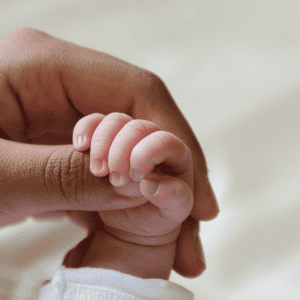



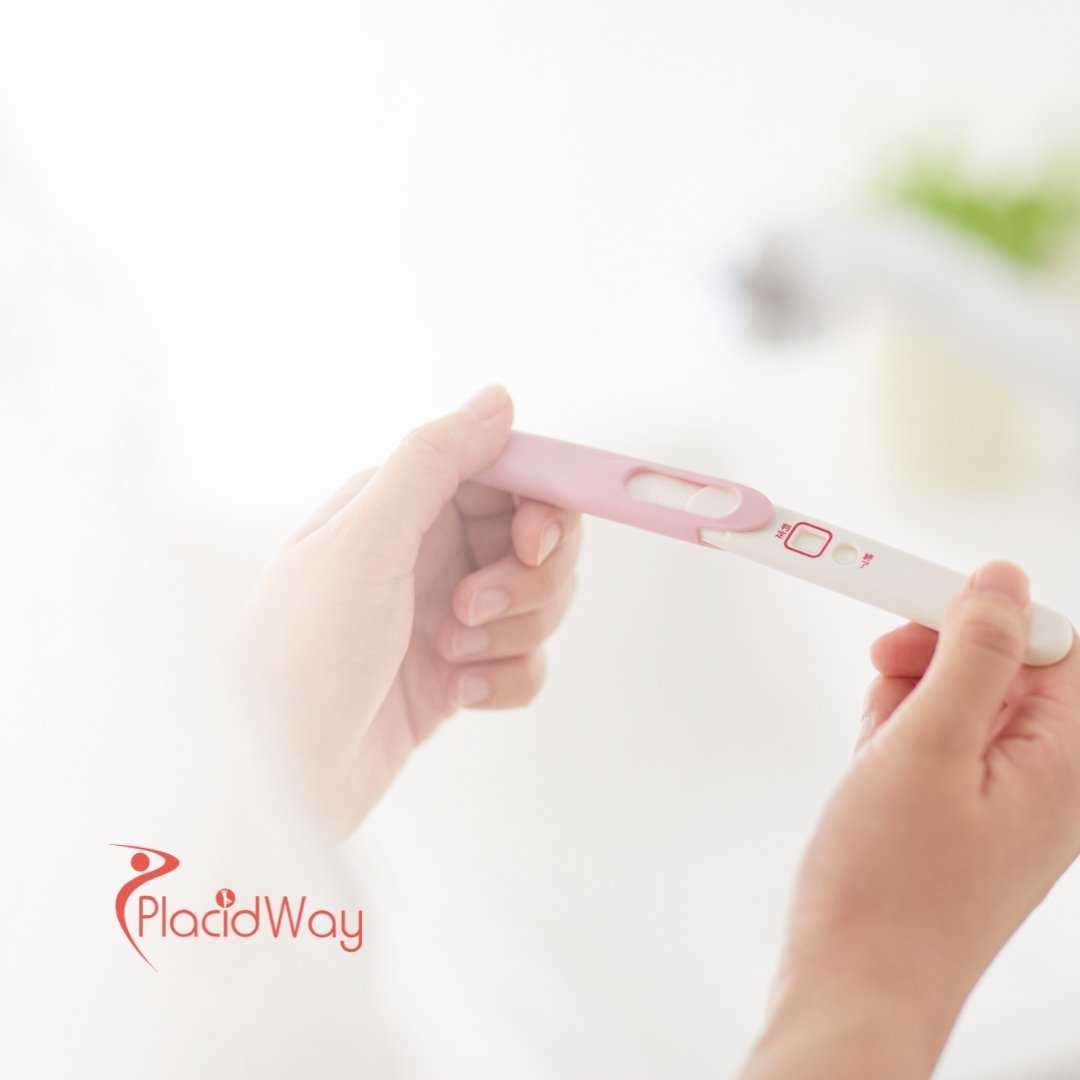



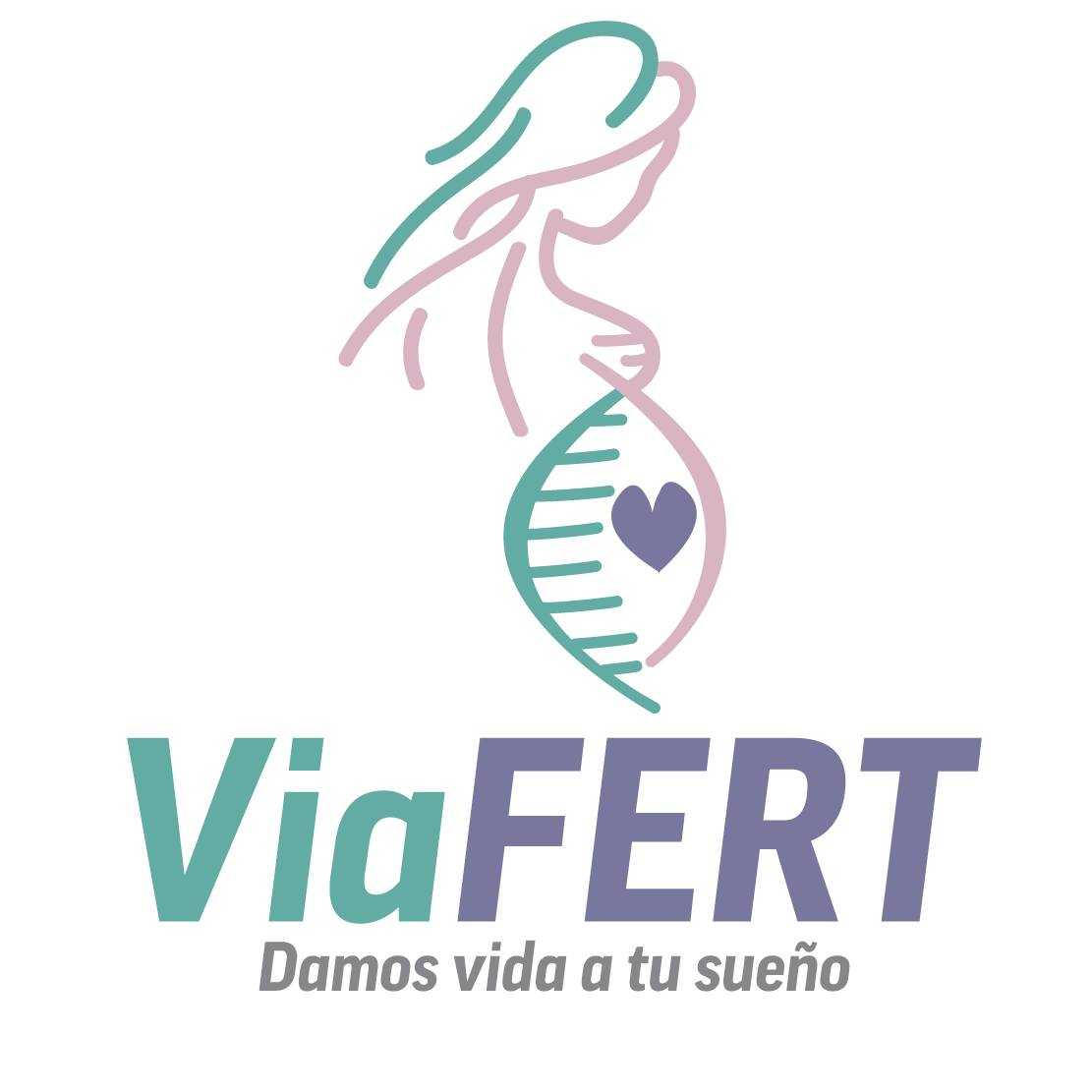
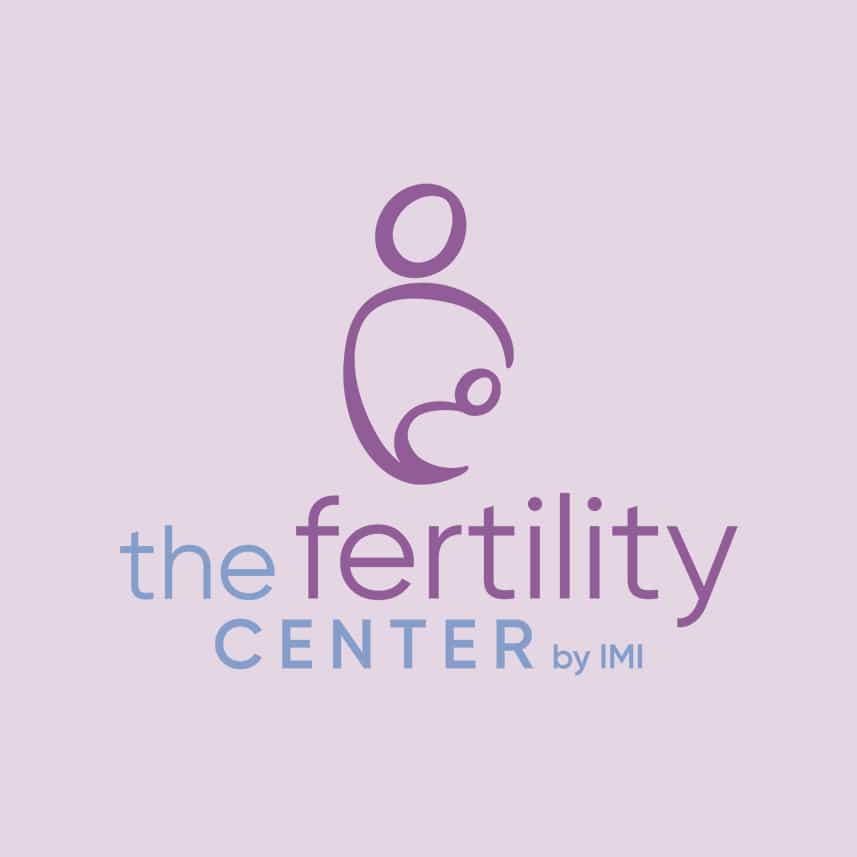

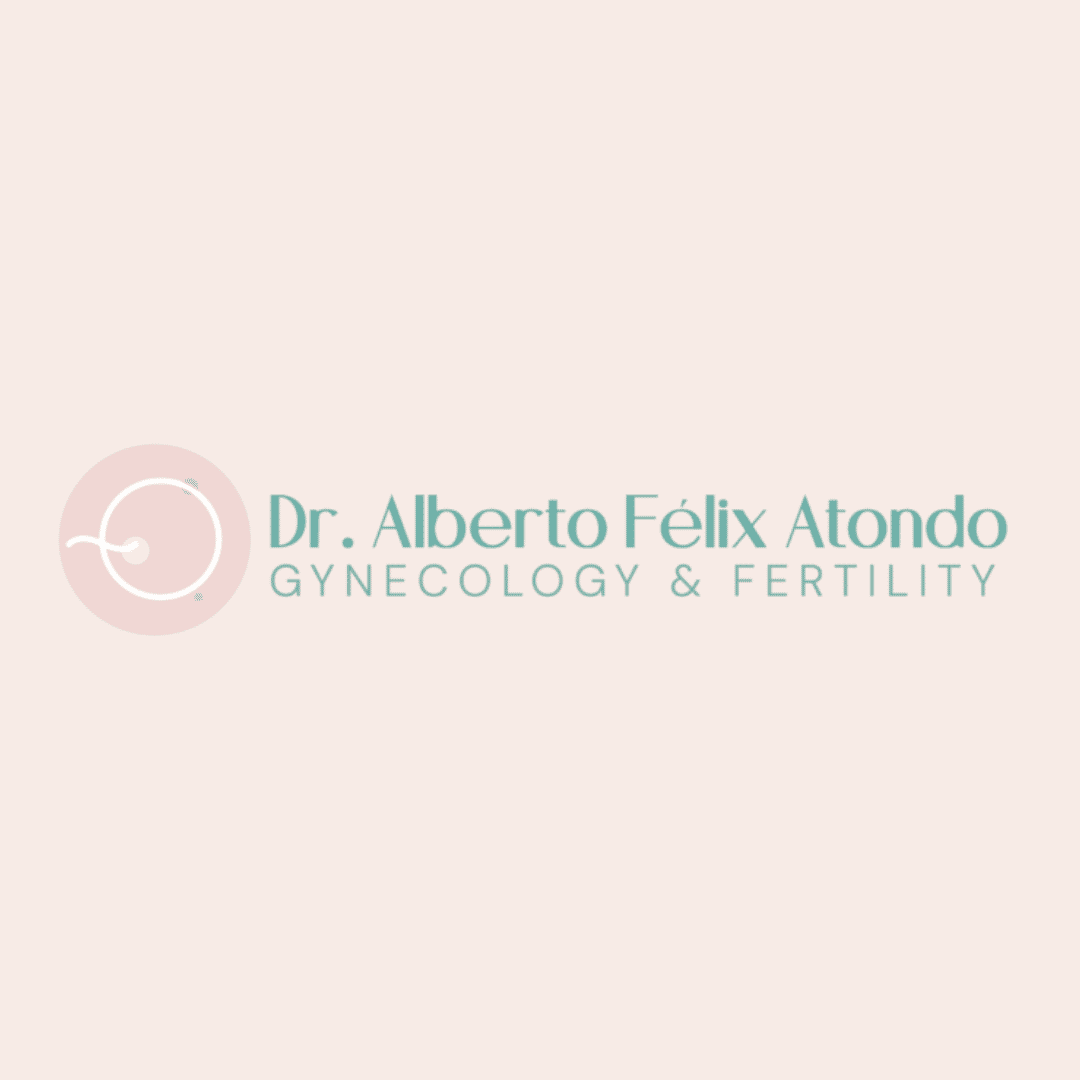


Share this listing